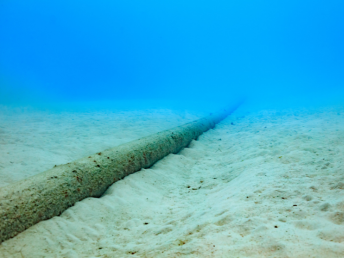Preliminary Environmental and Social Impact Assessment for the Bangladesh International (Bagha-1) Submarine Cable System
Client:
CSA Ocean Sciences Inc.
Location:
Bangladesh and India
Dates:
September – November 2024
Background:
The Bangladesh International Submarine Cable (Bagha 1) is a subsea cable project designed to increase access to reliable and affordable digital services within the Bay of Bengal, including remote and underserved areas, and create a secure communications link with other parts of Southeast Asia and the United States. The Preliminary Environmental and Socio-Economic Assessment (PESIA) for Bagha-1 was led by CSA Ocean Services Inc. on behalf of their client, APTelecom, and prepared for submission to the United States Trade and Development Agency (USTDA).
Hatfield was responsible for the socioeconomic components of PESIA. The socio-economic PESIA assessed three proposed cable landing sites: Kuakata in Bangladesh, and Digha and Chennai in India. The work adhered to international, World Bank guidance and protocols, ensuring alignment with best practices in socio-economic and environmental assessment.
Services Provided:
Hatfield provided a range of specialized services to support the PESIA for the proposed submarine cable landing sites in India and Bangladesh. These services included conducting a legal safeguards gap analysis, developing a comprehensive socio-economic baseline, assessing potential risks and impacts of project activities at the landing sites, developing draft mitigation measures to address identified risks, and preparing a stakeholder engagement and consultation plan.
As part of the safeguards gap analysis, Hatfield conducted a thorough review of legal frameworks relevant to project execution. The analysis highlighted differences between the World Bank Environmental and Social Framework (ESF) and the applicable national laws and regulations in both India and Bangladesh.
To establish a socio-economic baseline, Hatfield developed a demographic and economic profile for each landing site using publicly available data including census records and relevant reports. Eleven key indicators were identified to capture the social, economic, and cultural environment of the landing sites and surrounding areas. A risk and impact assessment evaluated potential project effects on the identified socio-economic and cultural indicators. Mitigation measures were designed to address risks, ensuring minimal adverse impacts.
Finally, Hatfield prepared a Stakeholder Engagement Plan (SEP) to facilitate communication and outreach with local authorities and stakeholders, to share project information, and to receive and track input and feedback.
